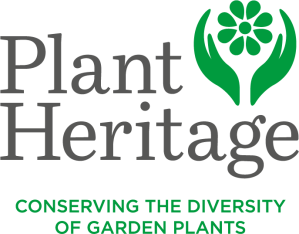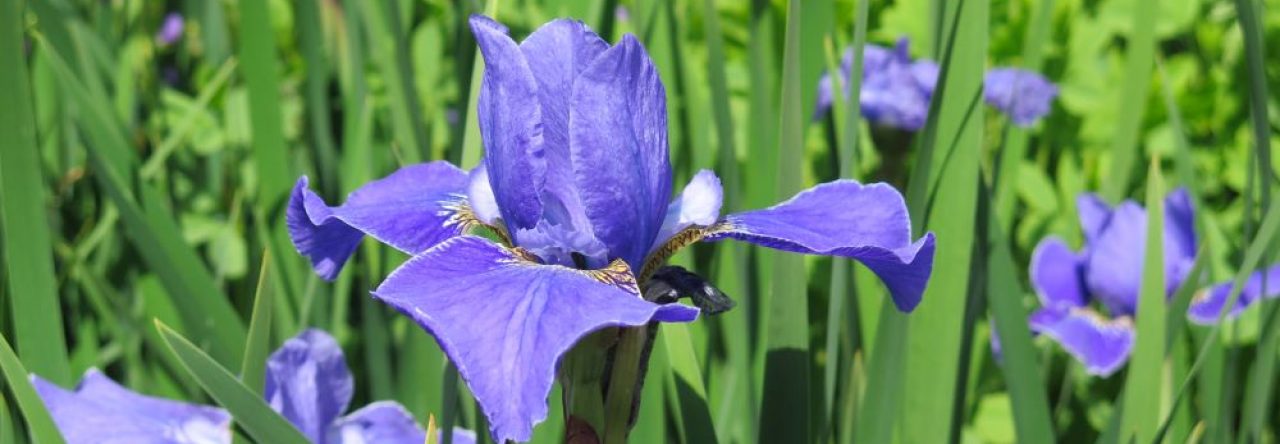On one of the coldest and nastiest days in February I and a few other hardy souls attended the Kent Group AGM, in the charming village of Hollingbourne. The AGM itself was over in minutes, leaving us with the main attraction, Dr Simon Charlesworth talking about his Lavandula collection. Now Simon’s Collection at Downderry is no normal Collection, it is a Scientific Collection, which means it is the creme de la creme of the Plant Heritage Collections.
The talk was very entertaining involving giant ears, a cycle helmet and three very large photos of his brother-in-law. I won’t detail the talk, as there was just too much to write down. He covered taxonomy, history, essential oils, distribution, cultivation and pruning, DNA profiling, pests and diseases, allelopathy and bees.
A few snippets to tease you with: Lavandula ‘Hidcote’ is the best selling individual plant in garden centres.
If you have even seen one of Downderry’s displays at Hampton Court or Chelsea Flower Show (see above), you will be mesmerised by their perfection. One of the reasons for this is that Simon’s wife, Dawn, picks off any brown florets from the white lavender with a pair of tweezers. So think of poor Dawn next time you see them.
The Lavandula ‘Hidcote’ that he grows comes from a hedge of lavender grown by the daughter of the nurseryman, Thomas Carlile, who obtained the original plant from Lawrence Johnson of Hidcote, who was the introducer of the plant from Southern France.
A PhD is underway at Sussex University to discover the best ornamental plants to attract bees, and Downderry recommended and supplied the lavender that they are using.
Plans for the future of the collection include:
– testing Lavandula stoechas hybrids for their tolerance of soil alkalinity/acidity
– a proforma plug trial
– peat-free compost trial
– herbicide (the use of lavender essential oils as a herbicide) trials
– DNA profiling
So what are lavandin and linalool?
Lavandin is Lavandula × intermedia, the hybrid of Lavandula angustifolia and Lavandula latifolia. It is very widely grown and dominates the world’s production of lavender oil.
Linalool is a mono-terpine and one of the major components of essential oils but toxic to young plant tissue (hence the herbicide trials).
If you want to know more, I suggest a visit to Downderry!


Yes Downderry is definitely worth a visit if you like lavender. I will share this article with my customers as I’m sure they’ll be interested.
Wow – I love the list of forthcoming trials 🙂
I saw the national collection at Norfolk Lavender a couple of years ago. This one’s now on my must-see list